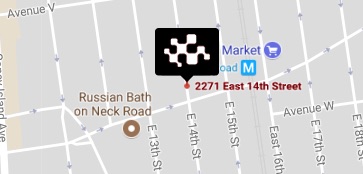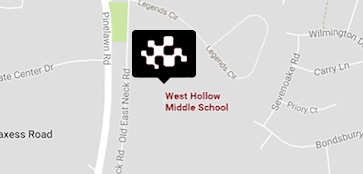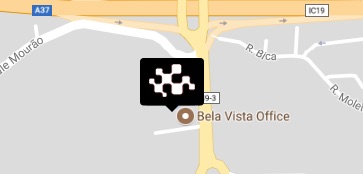Google processes over 60,000 searches per second. In a given year, Google will process trillions of searches. Bing, DuckDuckGo, and other companies are also processing searches. And guess what: potential customers are out there, right now, searching for you.
Whether or not they find you or a competitor comes down to your Search Engine Ranking (SER). By using Search Engine Optimization (SEO), you can improve your SER. When it comes to local search markets, such as “highest rated marketing agency in NYC” or “best burger in New Jersey”, you may be able to greatly improve your ranking through local search engine optimization.
That’s why we’re going to go over ten tips for optimizing your small business website to attract local traffic.
1. Get On Search Engine Business Listings
Google offers a “My Business” directory where you can upload details, such as your operating hours, phone, location, and more. Bing offers a similar directory. Google should be your first priority, but you should try to get on all of them.
First off, anything Google-branded is going to be good for your SEO. Google is going to pay attention to their own assets. Being on their directory, at the very least, signals to the search engine that you exist.
2. Focus on Building Up Online Reviews
Google and other search engines allow consumers to leave reviews. These reviews will pop up under Google Maps and the like. If you want to offer the “best burger in New York”, you need to secure positive reviews.
You should try to encourage customers to leave good reviews. You can directly ask your regular costumers and say “hey, would you leave a review on Google, please?” You can put up signs and the like, politely asking for support as well.
3. Get Local Coverage
You should try to get coverage from local blogs, foodies, newspapers, and more. Online coverage is especially useful. Consider offering free meals and the like for well-established people to try. Unfortunately, it can be hard to market yourself this way in New York and other big markets but you should put in the effort.
4. Enter Local Contests
Often, you’ll hear about contests like “Best Coffee in Los Angeles” or “Coolest Pub in NYC”. Did you know that many of these contests are free to enter? Check to see if there are any local contests that you’re eligible for.
5. Team Up With Other Local Businesses
Let’s say you have a cafe nestled in between a pub and a fancy restaurant. While all three of you are in F&B, you’re not really competing. You should offer to exchange backlinks with all of them so everyone can win.
6. Offer a Virtual Tour
Internet users love videos and other similar media. If you run a brick and mortar business, you could set up a virtual tour so people can see your business. Whether it’s an art studio in New York or a book store in Boston, a virtual tour could help.
7. Use a Site Map and Internal Links
We’re going to get slightly technical, but a site map allows search bots to easily crawl your webpage. Making sure you have one in place could help. Likewise, you can encourage bots to crawl around on your site by using internal links. For example, your “services” page could be linked to your “about us”, which is linked to “contact us.”
8. Set Up a Blog
We’ll let you in on a secret: we don’t write these blog posts purely out of the kindness of our good heart. Sure, we’re good people but we are also building one of the best marketing companies in NYC. So we publish blogs to build up local SEO (among other things). You should too!
9. Be Mobile Friendly
More than half of all web traffic now comes via mobile phones and the like. Google is well aware of this and favors websites that are mobile friendly. This is especially true if the person is searching from a mobile device.
10. Have a Fast, Well-Designed Web Page
Google also favors websites that load quickly. Anything more than a few seconds and Google might penalize you. Your website should have clean code, a user-friendly layout, and should encourage people to spend time on page.








Jeremy Woelfl
Thanks – Enjoyed this post, is there any way I can receive an update sent in an email whenever you make a fresh update?